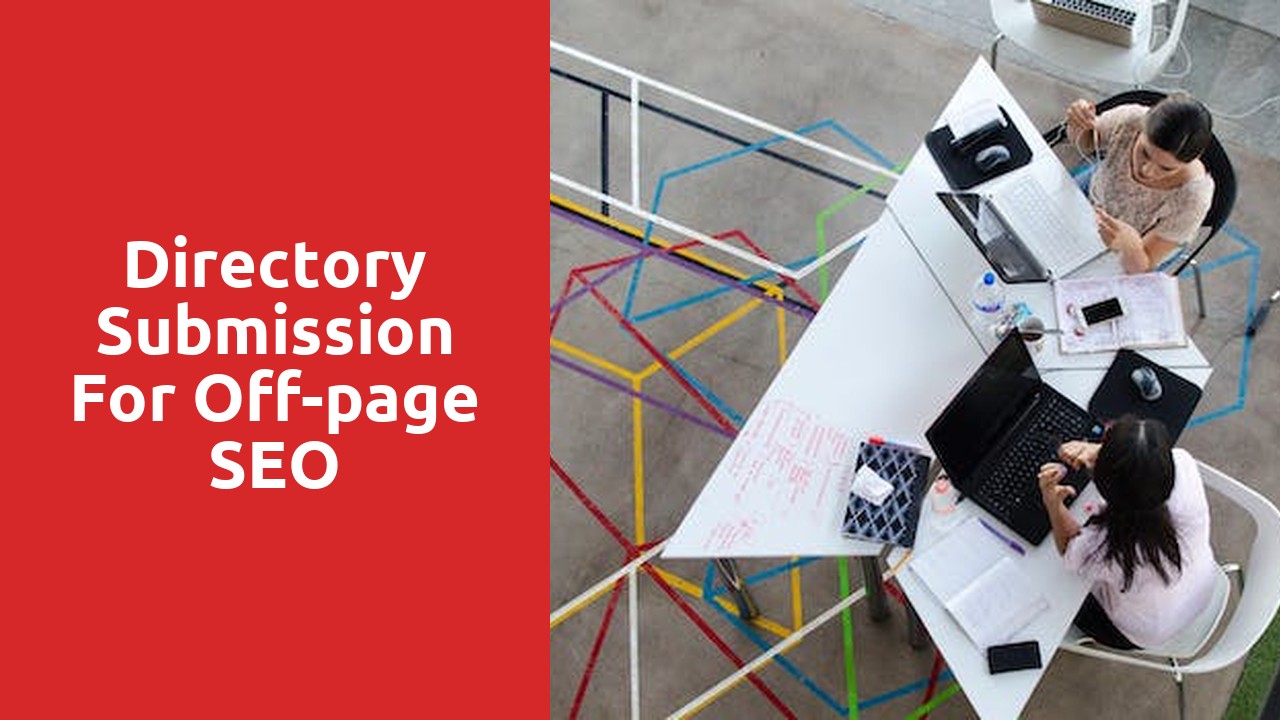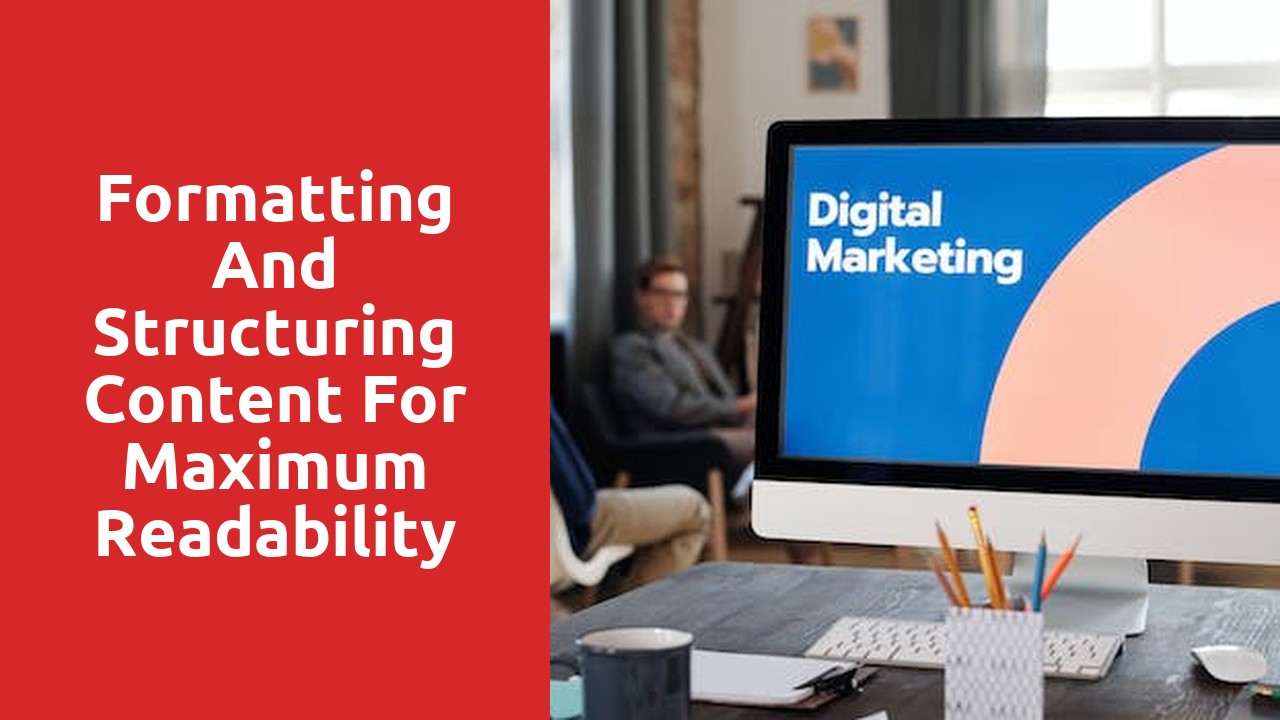The Importance of Structure: How to Make Your Content Easy to Digest
When it comes to creating content, structure plays a pivotal role in ensuring that your message is effectively conveyed to your readers. A well-structured piece of content not only makes it easier for your audience to understand and engage with the information you’re presenting, but it also enhances their overall reading experience. By organizing your ideas in a logical and coherent manner, you can guide your readers through your content effortlessly, allowing them to grasp the key points and take away valuable insights.
One of the key elements of creating a structure that is easy to digest is by using headings and subheadings. These serve as signposts, breaking down your content into manageable sections and allowing readers to scan through and locate the information they’re interested in quickly. Headings not only improve the readability of your content, but they also help you to stay focused on the main topic and maintain a clear flow of ideas. Furthermore, utilizing bullet points and numbered lists can also be an effective way to present information concisely, enabling your readers to absorb the content more easily.
By implementing a well-structured approach to your content creation, you can ensure that your audience can effortlessly navigate through your article, absorbing the information you want to convey. Remember, the easier it is for readers to understand and engage with your content, the more likely they are to stay engaged and derive value from it. So, take the time to plan and structure your content thoughtfully, and your readers will thank you for it.
Crafting Engaging Headlines: Captivating Readers from the Start
One of the most critical aspects of creating successful content is crafting engaging headlines. A captivating headline is like a magnet that draws readers in, enticing them to click and read further. In this digital age, where attention spans are notoriously short, it’s essential to capture your audience’s interest right from the start. The headline serves as the first impression of your piece, and it has the power to make or break its success.
To create compelling headlines, it’s important to understand your target audience. Take the time to research their interests, preferences, and pain points. This knowledge will enable you to tailor your headlines to resonate with their needs and desires. Additionally, incorporating keywords relevant to your content can improve your search engine optimization (SEO) and increase your chances of appearing in search results. Remember, a well-crafted headline is not only attention-grabbing; it also gives readers a clear indication of the value they can expect from your article. Ultimately, effective headlines are key to captivating readers and encouraging them to explore your content further.
Breaking Up Your Text: Utilizing Subheadings and Sections
Using subheadings and sections in your text can greatly enhance the readability and organization of your content. By breaking up your text into smaller, more manageable sections, you allow your readers to digest information in a more concise and focused manner. Subheadings act as signposts, guiding your readers through different topics or ideas within your article. This not only helps them to navigate through your content more easily, but also makes it easier for them to locate specific information.
In addition to improving readability, utilizing subheadings and sections can also improve the overall structure and flow of your article. By dividing your text into clear sections, you can ensure that each idea or concept is given its own space and attention. This helps to prevent information overload and allows for a more logical and progressive presentation of your ideas. Furthermore, by using descriptive and engaging subheadings, you can entice your readers to continue reading, piquing their curiosity and encouraging them to explore your content further.
The Power of Paragraphs: How to Keep Your Writing Clear and Concise
Paragraph 1:
Clear and concise writing is essential to effectively communicate your ideas and engage your readers. One powerful tool in achieving this clarity is the proper use of paragraphs. A well-structured paragraph allows you to present one main idea at a time, providing a logical flow to your writing. By organizing your thoughts into paragraphs, you create a rhythm that guides your readers through your content, ensuring that they can easily follow and understand your message.
Paragraph 2:
Furthermore, paragraphs help break down complex concepts into manageable pieces, making it easier for your readers to digest the information. By dividing your content into smaller units, you can provide sufficient detail for each point without overwhelming your audience with a wall of text. This way, your readers can focus on each idea separately, absorbing the information more effectively. Additionally, by using paragraphs, you can emphasize key points and highlight important information, allowing your readers to quickly grasp the main takeaways from your writing.
Using Bullet Points and Numbered Lists: Simplifying Complex Information
When it comes to presenting complex information in a concise and organized manner, there is no better tool than using bullet points and numbered lists. These simple yet powerful formats allow readers to quickly grasp key points and follow the logical flow of the information presented. Bullet points, marked by small dots or symbols, provide a clear separation between distinct ideas, making it easier to understand and remember the details. On the other hand, numbered lists bring a sense of order and sequence to the information, enabling readers to follow an established structure.
By using bullet points and numbered lists, writers can effectively break down complex concepts into manageable chunks, making it easier for readers to absorb and retain the information. The visual appeal of these formats also enhances readability, guiding readers through the content without overwhelming them with long paragraphs. Additionally, bullet points and numbered lists allow for quick scanning, enabling readers to locate specific information of interest without having to read the entire text. Overall, the use of these formats not only simplifies complex information but also enhances the overall readability and comprehension for the audience.
Incorporating Visuals: Enhancing Readability with Images and Graphics
Visuals play a crucial role in enhancing the readability of written content. The use of images and graphics not only aids in grabbing the reader’s attention but also reinforces the main points being presented. When incorporated strategically, visuals can help convey complex information more effectively and make the overall reading experience more enjoyable.
One of the key advantages of incorporating visuals is that they break up the monotony of a text-heavy article or document. When readers are faced with large blocks of text, their attention span tends to wane, which can lead to disinterest or a lack of understanding. By interspersing images and graphics throughout the content, writers can create a visually stimulating environment that encourages readers to stay engaged and continue reading. Furthermore, visuals can help to clarify concepts or ideas that may be difficult to grasp solely through text. Complex data or intricate processes can be simplified and made more accessible through the use of informative charts, diagrams, or infographics. Overall, the thoughtful integration of visuals in written content can significantly enhance its readability and impact.














